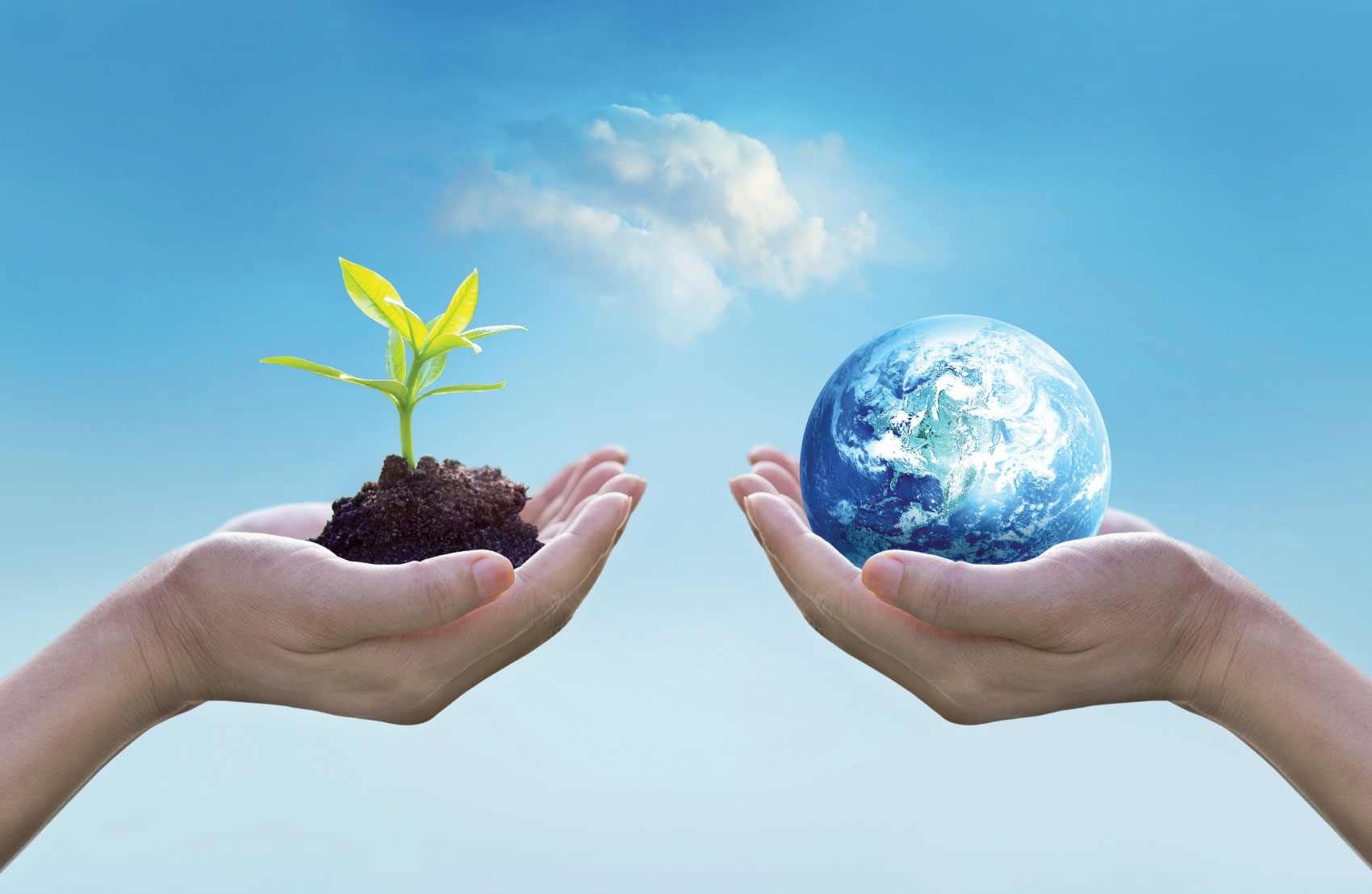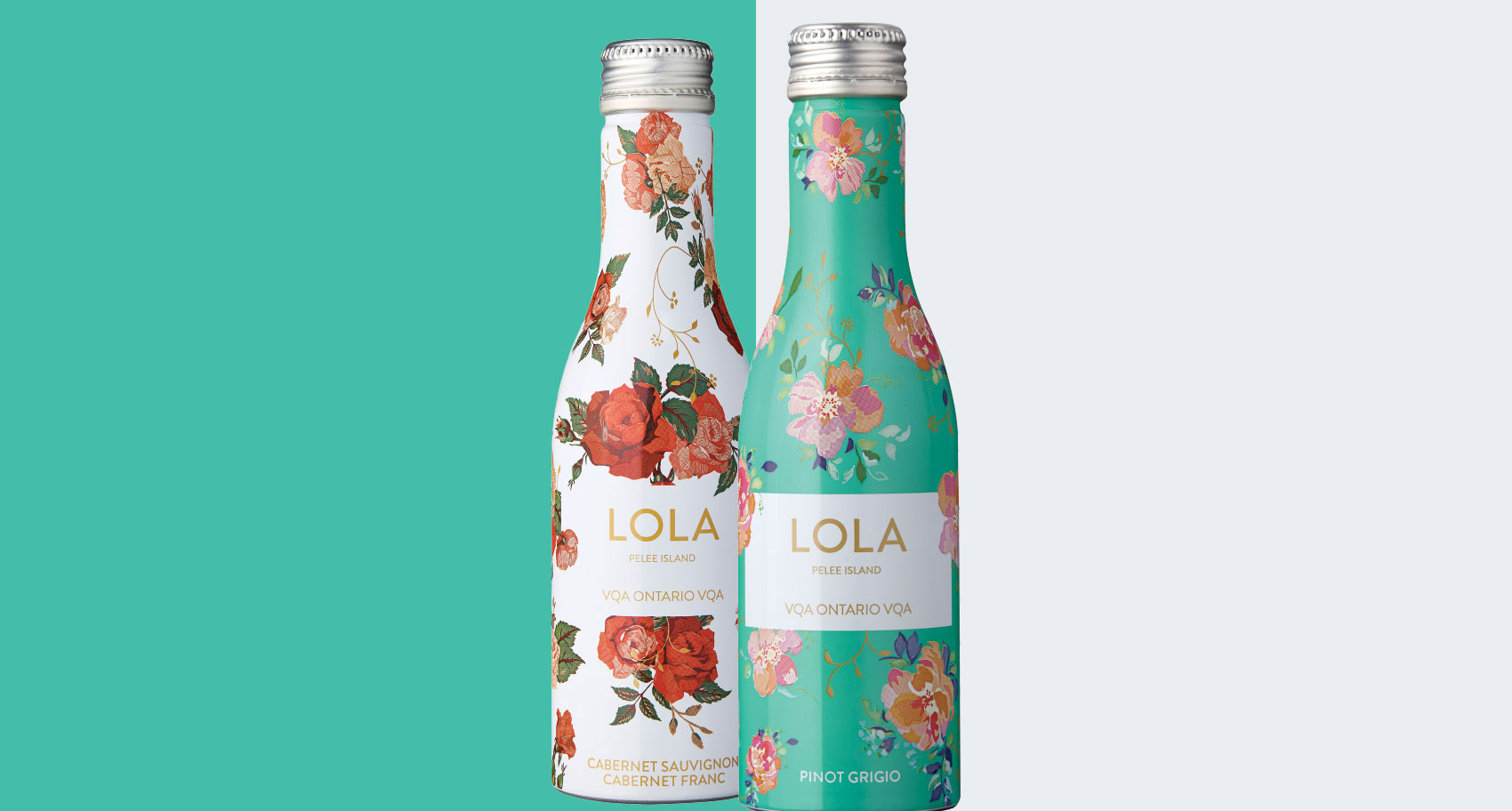In the world of spirits, where tradition meets innovation, the journey from grain to glass is a captivating blend of craftsmanship, science and sustainability. Sustainability isn’t just a buzzword; from a global standpoint, it acts as somewhat of a North Star for spirits producers to stay competitive and relevant on the consumer radar. Canada is no exception to that.
Beyond recognition for cleaner production, the spirits industry is modernizing. The phrase “going green to see green” can mean many different things to many different players in the world of spirits, and the industry has been adjusting on all levels to meet the increasing demand for sustainable products and the imperative of ecological responsibility.
Guided by the will to improve operational excellence through sustainable practices, the “grain to glass” process is expansive, which means that more communities beyond distillers are affected by the Sustainability Development Goals (SDGs) for Canada (which was a blueprint created by the United Nations Sustainable Development Group and adopted by all UN Member States).
Those involved in the value chain are, to the best of their ability, moving the needle with their resources and expertise to comply with these ambitious and, let’s face it, costly targets. From grain farmers supplying raw material, to the responsible consumption of the end product, addressing sustainability is not always the easiest and most linear process for spirits.
While the laundry list is endless when it comes to what can be done, below are a few of the main SDG goals that have catapulted innovation from some Spirits Canada members in areas such as water, renewable energy, emissions reporting and packaging. It would be remiss not to also mention some of the gaps and pain points that call for broader support and clarity from regulators and government bodies to get the spirits sector across that green-ribbon finish line.
Water stewardship
One SDG the spirits industry has prioritized is “Water and sanitation for all,” a large part of which is ensuring proper water stewardship. Several actively functioning programs and many initiatives are aimed at improving water management throughout the industry. One such program is a water recycling program that reduces distilleries’ freshwater consumption by 20 per cent, saving upwards of 900 tons of carbon dioxide emissions annually. Large distillers aim to replenish more water than they use in water-stressed areas by 2026 and plan to reduce water usage by 30 to 40 per cent in local sourcing areas.
Re-thinking energy
Beyond water stewardship, the spirits industry’s dedication to environmentally-conscious development extends to broader sustainability goals. SDG 7 ensures access to affordable, reliable and sustainable modern energy for all. Some Spirits Canada members are committed to transitioning to renewable energy, such as cleaner energy sources, and using closed-loop control systems. By 2025, some of the most significant players in the spirits game aim to have 100 per cent renewable electricity usage in all aspects of their work.
Promoting sustainable business models and consumer choices
SDG 12 highlights the importance of sustainable consumption and production patterns, a principle the industry has embraced in manufacturing and retail. Within the spirits industry, substantial efforts have been devoted to implementing sustainable practices in waste management. For example, each year, approximately 70,000 tons of spent grain, a by-product of the distilling process, are recycled, with 99 per cent being repurposed, primarily as high-quality animal feed sold to local farmers (these could be the same farmers that grow high-quality grain to supply to distillers).
By 2025, some of the most significant players in the spirits game aim to have 100 per cent renewable electricity usage in all aspects of their work.
Leading stakeholders have set ambitious targets, aiming for zero waste to be disposed of in landfills throughout the supply chain by 2030. Additionally, the industry has embraced circular packaging technologies, ensuring 100 per cent of packaging is widely recyclable, reusable or compostable. This initiative has also led to a 10 per cent reduction in packaging weight and the incorporation of 60 per cent recycled glass and 40 per cent recycled plastic, demonstrating a steadfast commitment to sustainable innovation.
Other SDG successes that Spirits Canada members have been able to achieve are tied to reducing poverty, creating economic growth, enhancing infrastructure, addressing life below water and above land, and ensuring local communities benefit from these efforts.
Along with these positive strides, the spirits industry faces significant challenges in the fight for sustainability. One of these challenges is the push to report Scope 3 emissions, primarily due to the complexities of responsibility attribution and measurement. Scope 3 emissions, also known as value chain emissions, encompass all indirect emissions from the process of manufacturing a product.
Consider the production of a bottle of whisky
Emissions could be linked to the distillery, the glass manufacturer, the transportation company and even the agricultural process for sourcing grains or botanicals. The distilleries do not control any of these affiliates, so how can they be sure how much climate pollution is created for each item bought? The difficulty in estimating those figures is more than challenging, and due to the high margin of double counting along the supply chain, it is likely representative of the carbon impact. The same is true for plastics reporting.
Environment and Climate Change Canada’s new plastics reporting initiatives are equally as complex to navigate. Primary, secondary and tertiary packaging all need to be reported, but it remains unclear who is responsible for that reporting, whether it be the manufacturer, importer, retailer, etc. This plan, like others, causes doubt in the industry.
Each stakeholder in the spirits industry has the potential to contribute positively to climate action. Yet, without clear guidelines, robust measurement mechanisms and support from the government, navigating new regulations and requirements remains a daunting task, demanding significant resources and labour. As the spirits industry in Canada grapples with this challenge, it also grapples with what areas of support need to be prioritized. It is clear that the spirits industry is willing to innovate, but sometimes partnerships and incentives are needed to create a unified movement forward.
This is the time to identify opportunities for support, incentives and, more importantly, a two-way partnership with regulatory and government bodies to fill the necessary gaps. From ensuring that industry associations are at the table when policies are being created, to sustainable sourcing practices, to providing aid for farmers for continued growth of high-quality Canadian grains, or to simply educate consumers towards a conscious and responsible drinking culture, everyone plays an important part in embedding sustainability in the protection and promotion of the craftsmanship that is spirits.
Spirits Canada is working to help suppliers understand the regulatory environment, which is often tumultuous and ill-defined. While there is a long way to go, the resilience of the spirits industry in Canada continues to forge its path forward. Through advocacy and data services, Spirits Canada ensures that the voices and concerns of the industry are effectively communicated to policymakers, fostering a clearer understanding of regulatory complexities and promoting an environment conducive to the protection of the industry.




